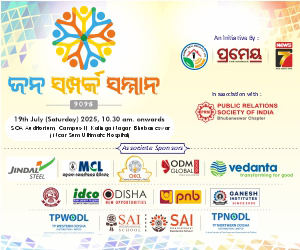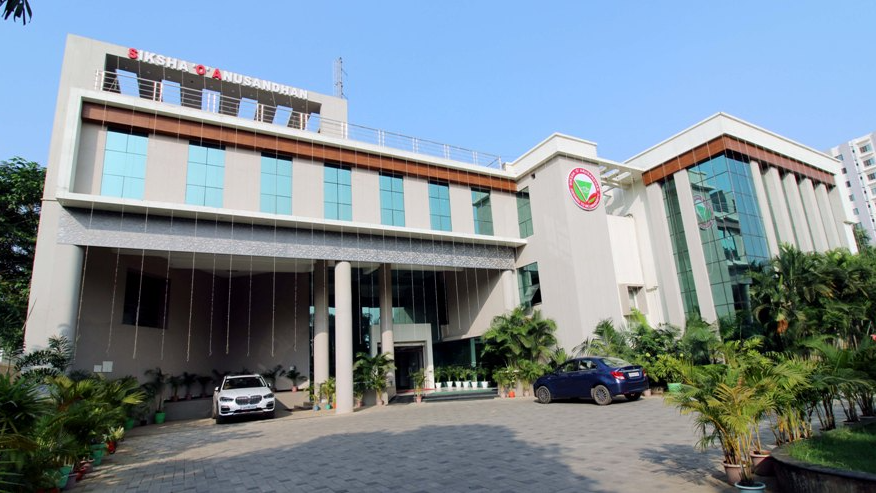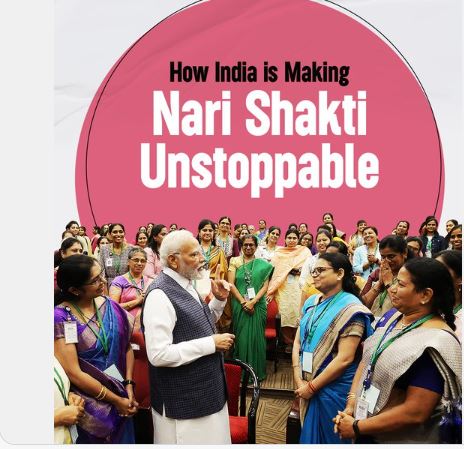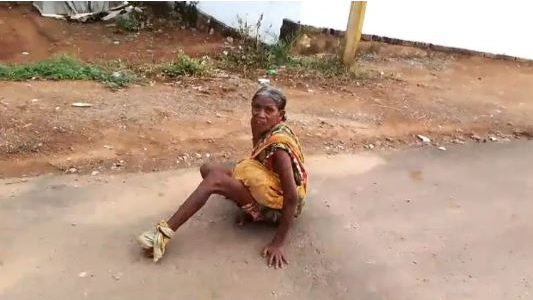Indian Economy: 2020 Round-up
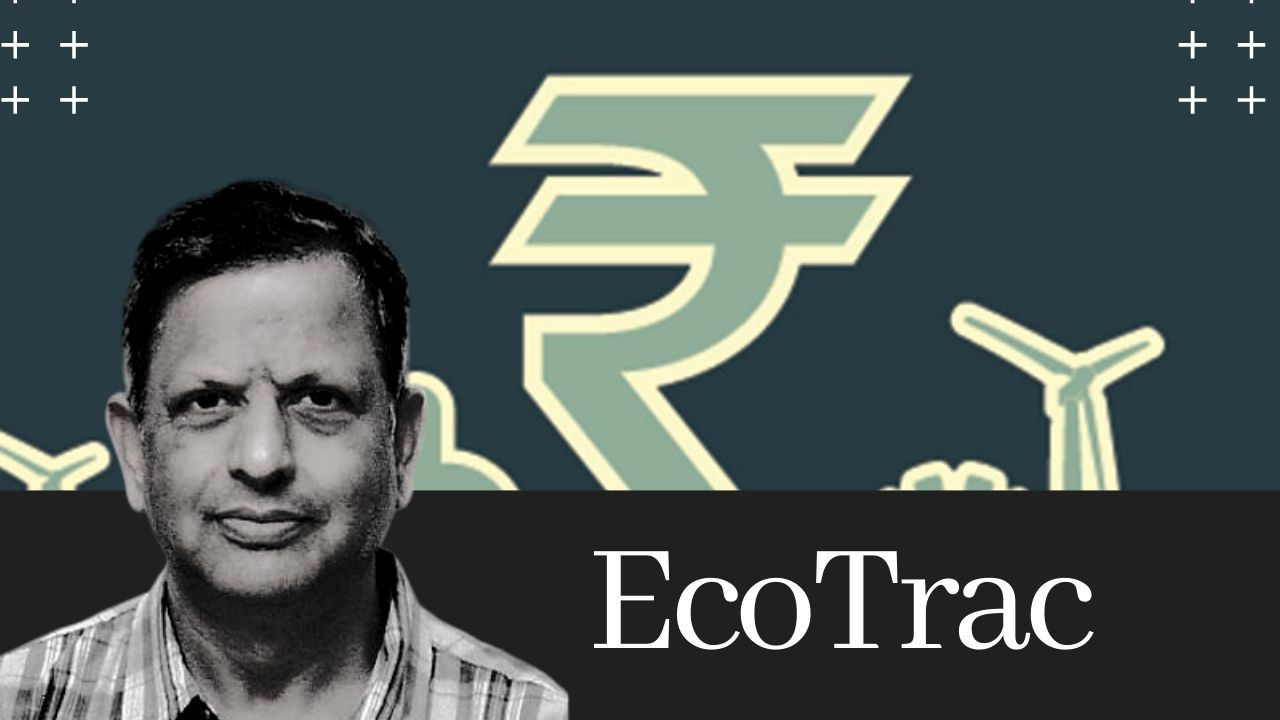
The year 2020, which witnessed an unprecedented economic crisis due to Covid-19 pandemic worldwide, is coming to an end. This write up wraps up the overall scenario in the economic sector during the year under review. Dr Manas R Das The specter of Covid-19 cast its long shadow on the global economy including India. The IMF World Economic Outlook (WEO) October 2020 projected world output to contract by 4.4% during 2020 – Advanced Economies by -5.8% and Emerging Market and Developing Economies by -3.3%. Gross Domestic Product India’s real GDP, according to the National Statistics Office estimates, showed a contraction of 7.5% in 2020-21 Q2, which was far better than the 23.9% contraction observed in the previous quarter. In Q2, agricultural growth remained stable; industry bounced back to positive territory though to a nominal extent; and services sector, though continued to remain in the negative territory, recouped much of its loss. Stimulus and Atmanirbharata In order to arrest the slowdown and unemployment that ensued after the coronavirus struck, the central government rolled out stimulus packages for various economic sectors including households. Along with the RBI measures, all the packages aggregated to Rs.29,87,641 crore which accounted for 15% of GDP. Just the central government on its own provided nine percent of GDP as stimulus. The Production-Linked Incentive Scheme was announced for 10 key sectors for enhancing India’s manufacturing capabilities and exports. RBI as a relief measure offered a six-month moratorium on all term loan EMIs between March 1, 2020 and August 31, 2020. The clarion call given by the Hon'ble Prime Minister to become Atmanirbhar (self-reliant) in order to reinvigorate the Indian economy was received very well. Inflation The Consumer Price Index-based retail inflation remained elevated during June to November (April and May figures not announced). In September and October, the inflation rate was much above seven percent, but it slightly softened in November. External Sector During April-November, India’s foreign trade remained quite subdued. Compared to the corresponding period of the previous year, both exports and imports fell by 18% and 34%, respectively. Consequently, the trade balance reduced by 42% (all measured in USD terms). Despite the pandemic and slowdown in the Indian economy, both Foreign Direct Investment and Foreign Institutional Investment inflows (gross) continued to rise. While the former rose by 11.3% to nearly USD 47 billion, the latter by 13% to over USD 11 billion. Another heartening development was continuous accretion to foreign exchange reserves of the country. During April-November (month-end), India added over USD 95 billion to its reserves. As on December 11, 2020, the foreign exchange reserves stood at nearly USD 579 billion. Banking On the banking front, as on December 4, 2020, the scheduled commercial banks posted a year-on-year growth of 11.3% in respect of aggregate deposits compared to 10.3% growth in the corresponding period previous year. However, credit growth continued to remain sluggish despite repeated reductions in the RBI Policy Rates and consequent bank lending rates. Besides, RBI maintained accommodative stance in its bi-monthly monetary policies. Credit disbursement by the scheduled commercial banks registered a growth of just 5.7% as on December 4, 2020 compared to 7.9% growth in the previous year (year-on-year). Capital Market In reaction to Covid-19, initially, the stock market indices, i.e., BSE Sensex and Nifty 50 plunged. Between December 23, 2019 and March 23, 2020, the Sensex fell by 15,661.42 points to a low of 25,981.24, and Nifty 50 fell by 4,652.5 points to a low of 7,610.25. However, both the indices soared thereafter in response to the fiscal and monetary measures announced from time to time by the concerned authorities. Diminishing intensity of the coronavirus in the country along with the vaccine announcement also contributed to the uptrend. On December 12, 2020, the Sensex and Nifty 50 hit highs of 46,960.69 and 13,760.55, respectively. The market closed on December 24 on a highly positive note with the Sensex and Nifty 50 at 46,973.54 and 13,749.25, respectively. (All indices are day’s closing values) During the current fiscal so far, the primary market remained buoyant with over a dozen Initial Public Offers (IPOs) accessing the market with a total IPO size of over Rs.16,000 crore. Some of the successful IPOs include those by Chemron, Burger King and CAMS. Outlook 2021 Assuming that the pandemic, which is on a decline of late, continues to decline and vaccination starts as early as possible, the Indian economy will likely regain much of its shine in 2021, backed by broad-basing of fiscal stimulus combined with optimistic consumer spending and business sentiments. According to the RBI’s December 4 monetary policy statement, the real GDP growth is projected at -7.5% in 2020-21. The IMF WEO, which is optimistic about India’s growth, estimates the country’s growth rate in 2021 to be 8.8%. On inflation front, the December 4 monetary policy statement views that “it is likely to remain elevated, barring transient relief in the winter months from prices of perishables.” Trade will improve, but sluggishly, as the growth in world trade volume will likely remain in single digit in 2021. Buoyancy in the stock market will likely continue. Some new trends in livelihood, which have already taken shape, will continue in 2021 or further such as ‘Work from Home’, especially in the IT industry. People should continue to remain cautious against the coronavirus or its mutants by, inter alia, continuing to wear masks and maintaining social distance, even after getting vaccinated. About the Author:Dr. Manas R. Das is a former senior economist of State Bank of India. He has over 30 years of experience as an economist in two large commercial banks. Academically, he is a gold medallist in Bachelor of Arts with Economics Honours from Utkal University, followed by Master’s in Economics from Delhi School of Economics and Doctorate in Economics from Gokhale Institute of Politics and Economics. He is also a Certified Associate of Indian Institute of Bankers. He has won several awards, besides being a prolific writer.
Latest News
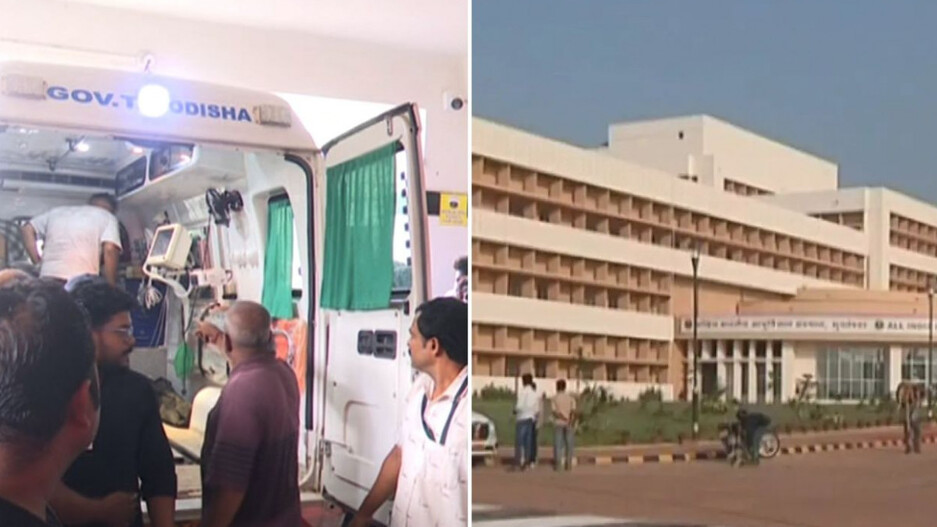
FM College sexual harrasment case: Girl studen...
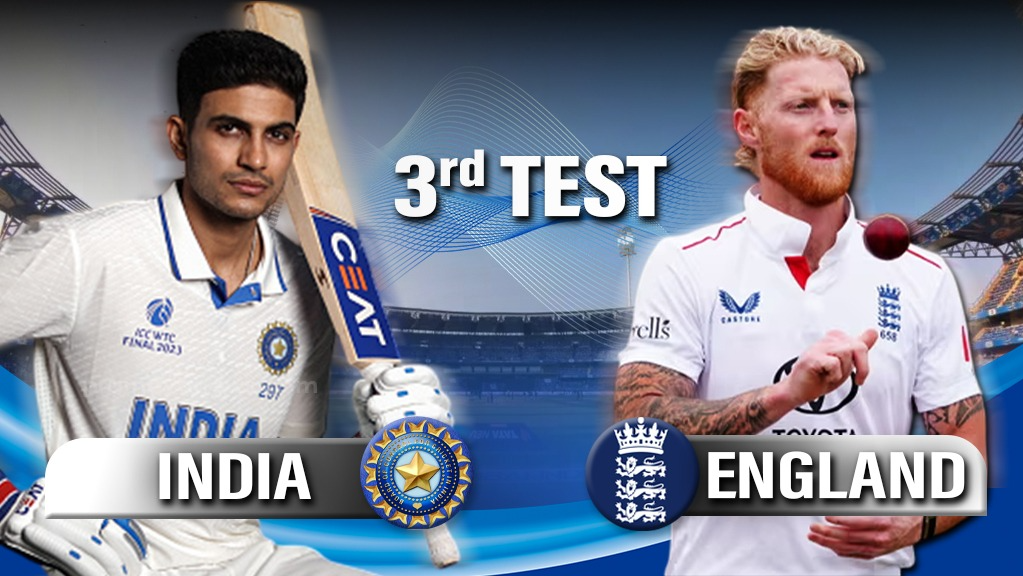
England Clinches Lord's Thriller by 23 Runs as...

From Gulab Jamun to Soft Drinks: New Canteen R...

Five Chhattisgarh Maoists surrender to Telanga...

"Exemplary Icon of Indian Cinema and Culture":...
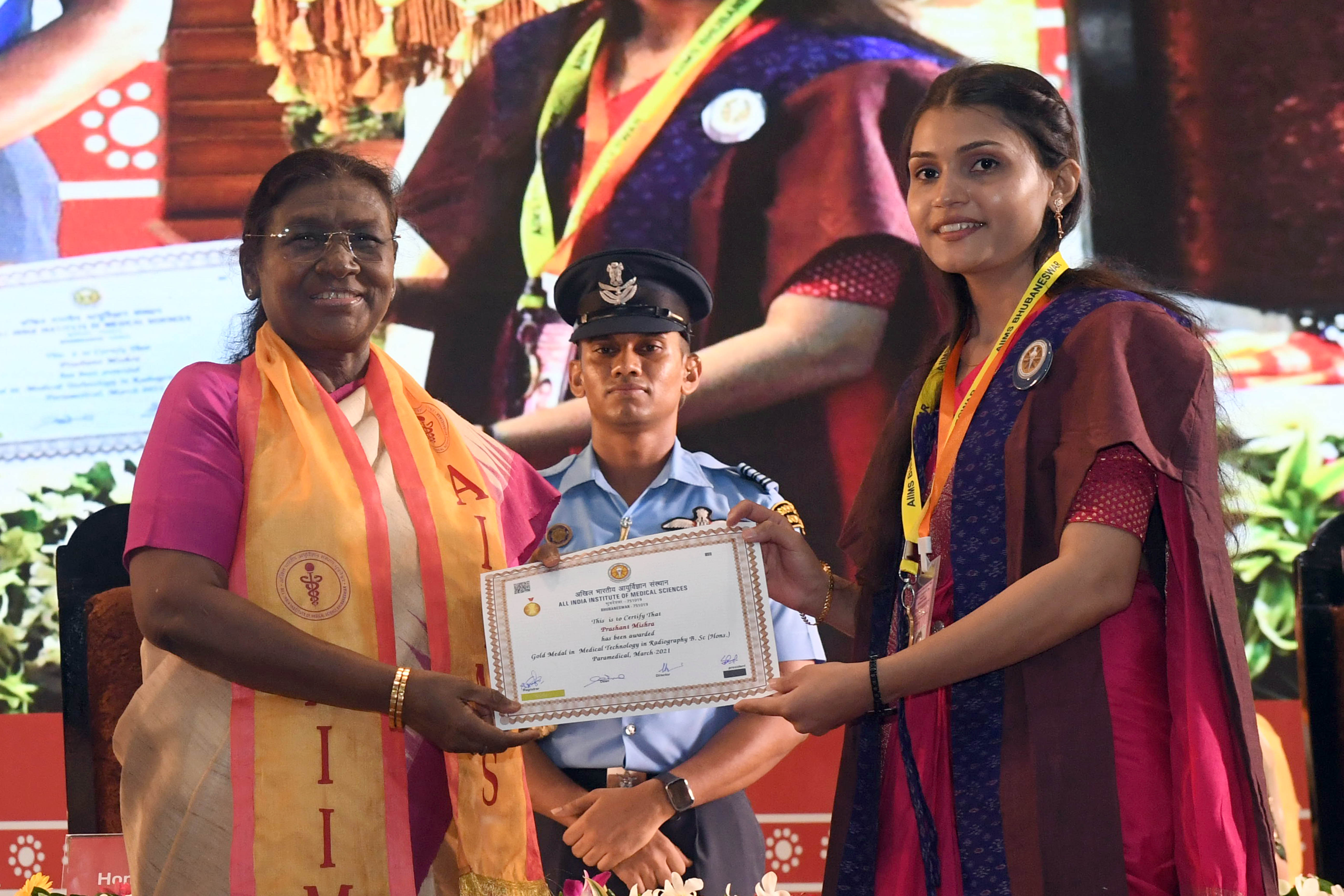
Depression is becoming a major issue in societ...

Odisha becomes runners up in Sub Junior women...
Copyright © 2024 - Summa Real Media Private Limited. All Rights Reserved.










